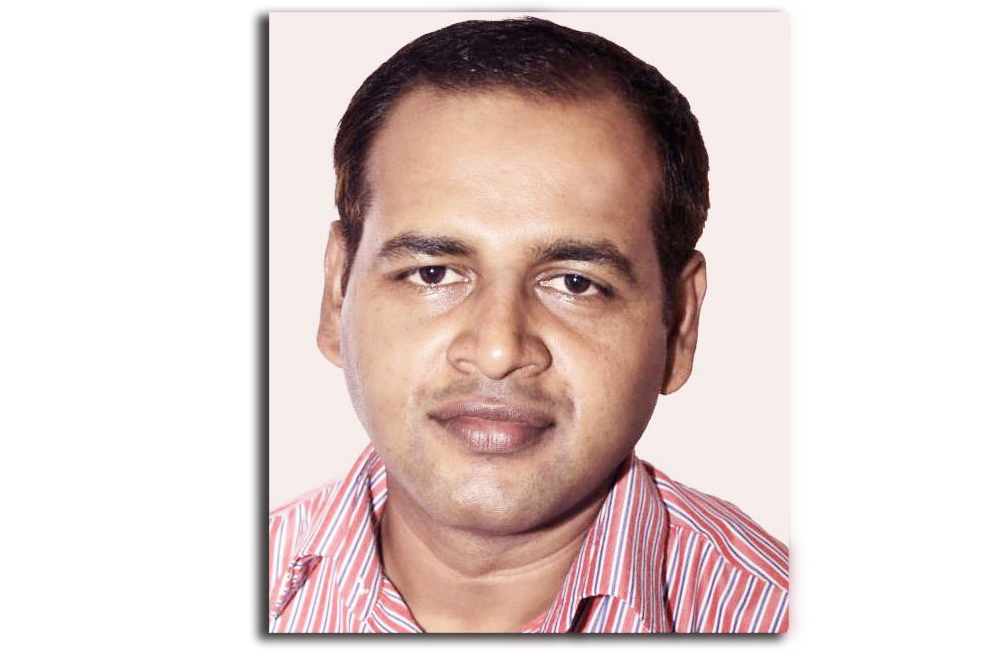By Gopal Khanal (KATHMANDU, 3 September 2020) – India’s former President Pranab Mukharjee, 84, popularly known as ‘Pranab da’, passed away on 31 August while undergoing treatment at New Delhi’s RR hospital. The elder statesman of India, Mukharjee, had tested corona positive, and had been in coma after a brain surgery earlier this month.
With the demise of veteran politician, it can be said that an era in Indian politics has ended. He was the tallest leader of post-Independent India. He was considered as trouble-shooter politician in acrimonious political circle of India. While paying tribute to him, Prime Minister Narendra Modi, said, “A scholar par excellence, a towering statesman, he was admired across the political spectrum and by all sections of the society.”
First time, in1973, he became second senior rank minister in Indira Gandhi’s cabinet and this position he maintained continuously till the last cabinet of Man Mohan Singh during 2009-2014. This is yet another history in Indian politics though it was possibly not his choice but a compulsion. Mukharjee lingered in the same role for 30 years both in the party and government except three years discorded interval respecting the Gandhi dynasty. He always remained the sincere lieutenant of Gandhi family’s rule from the time of Indira to Sonia.
Consensus builder
Mukharjee could’ve become Prime Minister in 1984 and 2004, but didn’t. He never expressed his desire to run for the premiership. Instead, he was a ‘consensus builder’ in the party before being elected President. After the assassination of Indira Gandhi, Mukharjee was seen as a candidate of Prime Minister but Indira’s Son Rajiv took this position. Then, he founded the Rashtriya Samajwadi Congress leaving INC and spent three years in the political isolation before returning to the parent party. In Indian politics, Mukharjee was the only politician who was equally respected across the political spectrum.
Mukharjee was, of course, a good friend of Nepal. He had supported the country’s democratic and republican movements in different capacities. Prime Minister Oli, while paying tribute to late Mukharjee said, “In his demise, Nepal has lost a great friend. We remember his contributions in strengthening Nepal-India relations in different capacities of his public life.”
As a President of India, Mukharjee visited Nepal on November 2016, which had aroused much hope and excitement in both the countries. State visits by Indian Presidents, ceremonial head of the nation, to a foreign nation are normally to enhance bilateral relations in without much political matter. But the visit of Mukharjee was very much significant unlike his predecessors that had contributed largely to maintain cordiality in strained relations leaving aside the misunderstanding. The visit itself was historic since President Mukharjee had visited Nepal after two decades. Before him, President KR Narayanan had visited Nepal in 1997.
Before becoming the President, the first citizen, he had held several key positions – Finance, Foreign ministers – in the government and earned the reputation as a ‘consensus-builder’ during problematic negotiations. Mukharjee was one of the key initiators of the 12-point agreement signed between the then seven-party alliance and CPN-Maoist that brought the then Maoist rebels to the negotiating table, ending the decade-long Maoist insurgency in 2006.
Mukharjee was the first high-level politician, who had said in an interview with Aljaeera TV on 27 Jan 2009 that India had facilitated Nepal’s peace process by persuading the Maoists to give up violence and join the mainstream politics. India had certainly played a role in bringing the parliamentary parties and warring Maoists together against the dictatorial monarchy. Their collaboration paved the way for the April Uprising that eventually led to the downfall of 240-year-long kingship through the Constituent Assembly in 2008.
While highlighting India’s foreign policy to immediate and extended neighbourhood and the way of her dealing with them aiming to restore peace and support development endeavours, he had proudly announced India’s involvement in Nepal’s peace process as a success story.

It was Mukharjee from Indian side who had taken the decisive role at the eleventh hour to fully support the Nepali people to abolish monarchy and establish republic. Dr. Karan Singh’s last minute efforts couldn’t help create middle path. Similarly, former Indian ambassador to Nepal Shyam Saran was the mastermind to carve out the post-April Movement roadmap that brought a tectonic shift to the country’s power balance and political structure.
India’s direct involvement in supporting the parliamentary parties and Maoists against monarchy has still been as controversial issue in Nepal since some political sections and analysts have been interpreting that move as a blatant act of intervention in the domestic affairs of Nepal. But it was not exactly an intervention since India’s role that time was sought from Nepali political parties for larger cause – the restoration of democracy.
Good friend
Now Nepal-India relations have been bogged down by the cartographic dispute as both nations have claimed same territories located in the far-west Nepal. The absence of leader like Mukharjee is more conspicuous as such consensus figure could play a creative role in sorting out the bilateral issues between the two nations. In his demise, Nepal has not only lost a good friend but it has also been deprived of a channel of communication with Indian establishment.
We hope that Prime Minister Modi will follow spirit and path of Pranab Da for resolving the outstanding issues between the two nations through peaceful negotiations.


